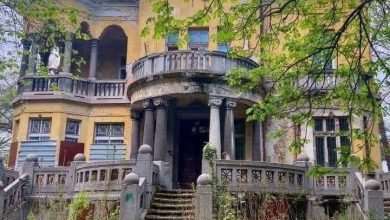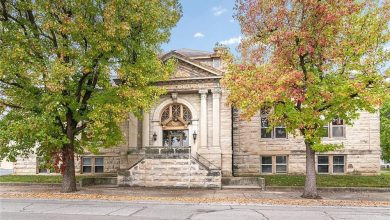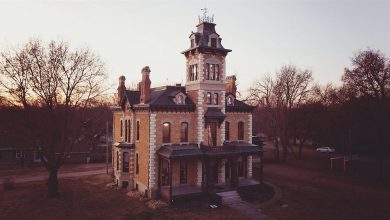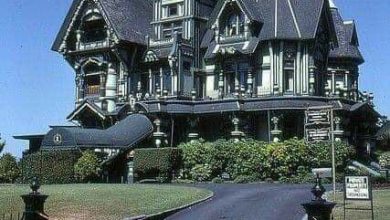Saunders-Goode-Hall Mansion – Abandoned House
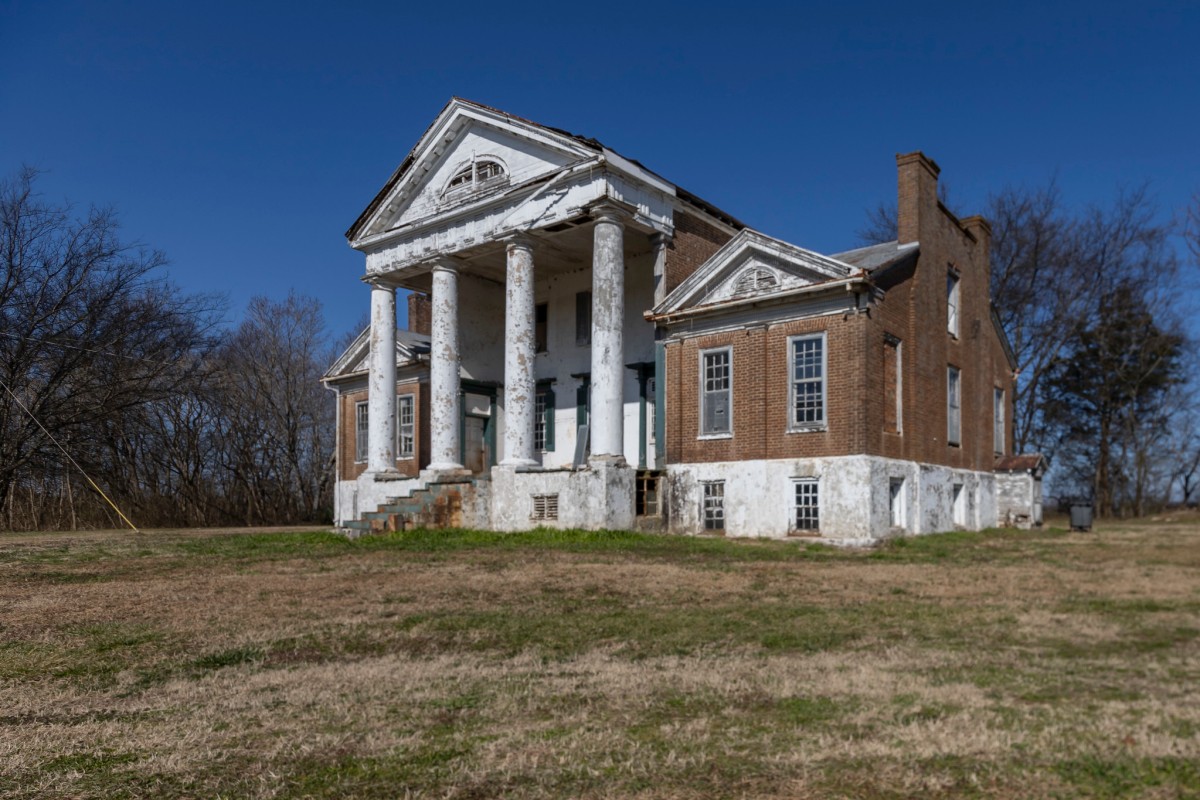
The Saunders-Goode-Hall Mansion, also commonly known as Saunders Hall, stands in a rural setting of spreading fields and woodlands south of the Tennessee River, and three miles north of the community of Town Creek in Lawrence County, Alabama. One of Alabama’s first large plantation houses, it ranks with Belle Mont and Belle Mina as among the oldest large-scale country mansions in the state. The house is built in a provincial interpretation of a Palladian three-part plan, possibly influenced by the Jeffersonian architecture of Saunders’ native Virginia. The entire house is constructed of brick above a raised basement and has an unusual H-shaped floorplan.
Turner Saunders was born on January 3, 1782, in Brunswick County, Virginia, the son of Revolutionary War veteran Thomas Saunders and Ann Turner. He was well-educated in English studies and sciences and later taught high school classes at the Brunswick County courthouse. In 1808, Turner Saunders married Frances Dunn and the couple moved to a tract of land near Franklin, Tennessee. Unfortunately, after several attempts with corn, tobacco, and hemp, Turner Saunders and his wife rented out their plantation and decided to move to Franklin. In the city, Saunders engaged in the mercantile business, and soon after, his business quickly expanded, almost monopolizing the trade of furs and pelts of the local Cherokee and Chickasaw Indians. While living in Franklin, Saunders became involved in the local Methodist church, spreading the word of the gospel among residents of Williamson County.
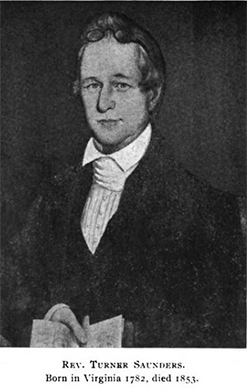
In 1820, Reverend Turner Saunders purchased land from the Government Land Office in Huntsville, Alabama. Shortly after, he and his wife moved to Courtland. According to Rev. Richard H. Rivers, Saunders “became a planter on a large scale. He carried the system which made him so successful as a teacher to the plantation. His intelligence was directed to the scientific culture of the soil. He was eminently prosperous and became the owner of large wealth.” In the book Early Settlers of Alabama, Turner Saunders’ son James Edmonds Saunders explains that “In the autumn of 1824 a most virulent fever pervaded the valley of the Tennessee, and a great many people died. Thousands upon thousands of acres of timber had been deadened and left standing to taint the air with malaria.” That winter, Turner Saunders lost his wife Frances, and their two sons, Thomas and Franklin. On July 1, 1826, Rev. Saunders married widow Henrietta Weeden Millwater, who had two daughters, Sarah and Mary Eliza Millwater.
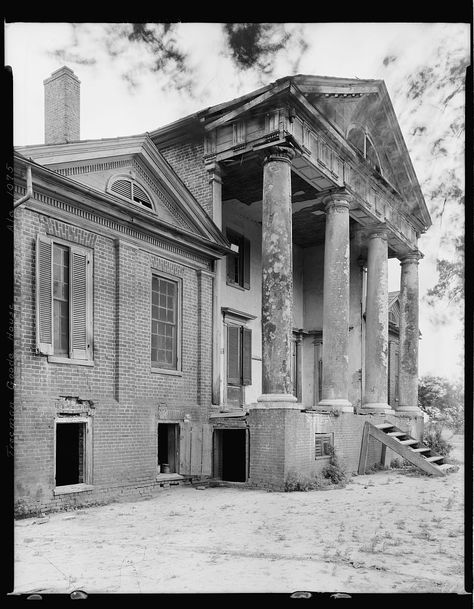
The two-story main block features a Tuscan portico with an arched lunette in the pediment and bears a striking resemblance to Thomas Jefferson’s residence, Monticello. The main block is flanked to either side by one-story wings with front and side gables, their front pediments also have lunettes. The front walls of the wings feature brick pilasters with simple capitals. The front door is noteworthy as it features a double-leaf door framed by geometrical sidelights and surmounted by a transom, all set within an engaged architrave or frontispiece composed of fluted Roman Doric columns. While the architect is listed as unknown, historians believe it is likely the work of George Steele of Huntsville, who served on the construction committee for the 1846 statehouse in Montgomery. The 1937 HABS documentation dated construction of the Saunders-Hall-Goode Mansion to 1821. However, other sites list construction dates as 1824 or after Saunders’ second marriage in 1826.

After living in Saunders Hall for more than a decade, Rev. Turner Saunders sold the property to Colonel Freeman Goode in 1844 before moving to Aberdeen, Mississippi where he later died. Freeman Goode was the son of John Goode of Abbeville District, South Carolina. Under Goode’s ownership, the plantation expanded to include 3,500 acres. Although Goode was too old to serve in the Civil War, his house was always open to Confederate troops. He entertained many officers when they passed through the area and was said to have been a handsome man, a lavish entertainer, and generous to a fault. Union troops raided Saunders Hall and burned down the slave quarters. Like many other Southerners, Goode lost his entire estate following the Civil War. He went to live with his niece, Susan Adelaide Sherrod Shackleford, and her husband Samuel W. Shackleford. Col. Freeman Goode died at their home in Courtland after a “lingering illness for several years,” according to an obituary in The Athens Post.
A story published in The Guntersville Democrat in 1903 states, “a party of two Yankees went out to Mr. Goode’s on a plundering expedition.” Rev. F. S. Petway and his wife were staying at Goode’s house as refugees when the plunderers broke into the home and demanded “money, watches, etc., and were as insolent as freebooters.” Mrs. Petway refused to give them her jewelry and watches which she had tucked in her bosom. The two men ripped open her dress and took her valuables by force before making off into the woods. Ater being informed of what had occurred, Rev. Petway grabbed a shotgun, ran out across the woodland, and shot both men dead. It was said that he had a “tender conscience” and never was himself after the killings.
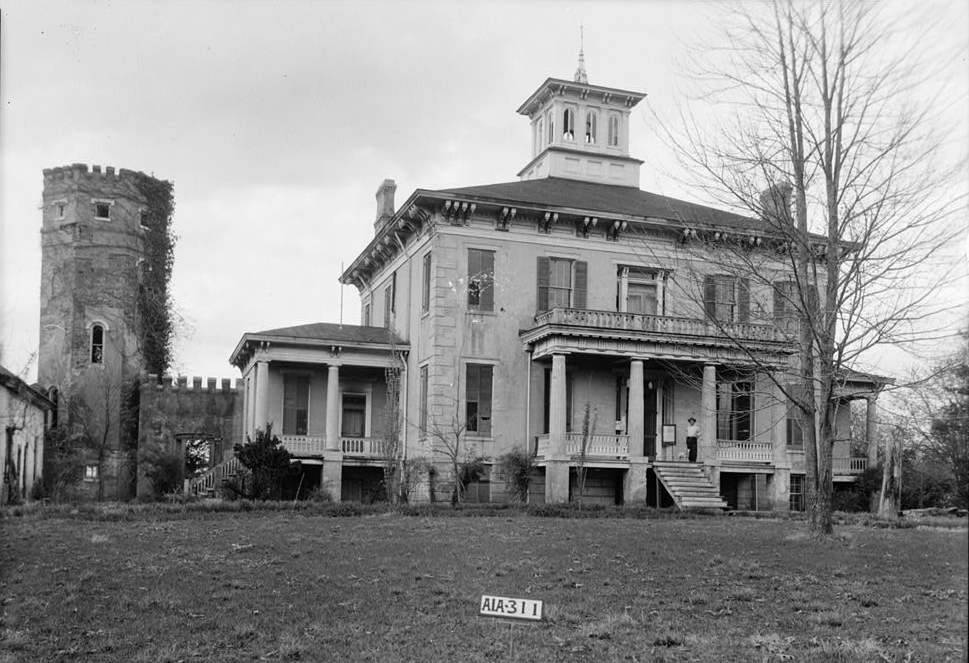
Saunders Hall was not the only large plantation house built in the area by the Saunders family. Turner’s eldest son, James Edmonds Saunders, built a large Italianate house known as Rocky Hill Castle four miles away. Rocky Hill served as a Confederate hospital during the Civil War. Several soldiers who died at the home were buried nearby in the Saunders’ family cemetery. Rocky Hill passed through many owners after the death of James Saunders in 1896. The last Saunders to own it was his grandson, Dudley Saunders, who abruptly abandoned the mansion in the 1920s, purportedly after ghostly activity. Rocky Hill Castle was later demolished by its new owner in 1961.
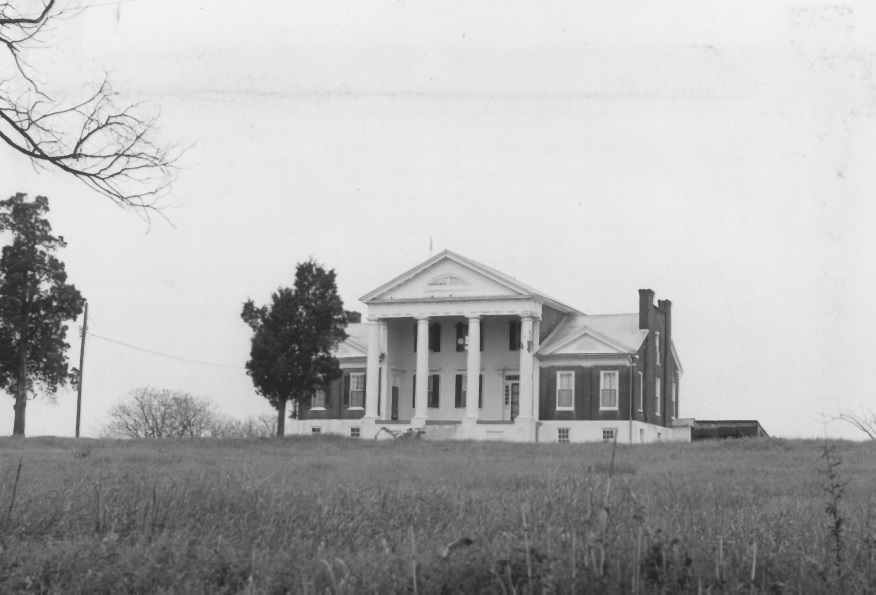
Saunders Hall was purchased by the Hall family from Col. Freeman Goode, who in turn sold it to Mrs. William E. Skeggs of Decatur, Alabama. In the 1940s, Saunders Hall passed into the care of the Mauldin family when they purchased the 1,000-acre farm property the house sits on. It remains in the Mauldin family today, although they have never resided there because of its remote location. A farm manager’s residence for much of the past century, with intermittent periods of vacancy, Saunders Hall has long hovered between deterioration and sporadic repair. In recent years, the house has been used as a rental property. However, the property has remained vacant for the last several years. In 2010-2012, measured drawings were prepared under the auspices of the Alabama Historical Commission with support from the present owners as well as the North Alabama Chapter of the American Institute of Architects.
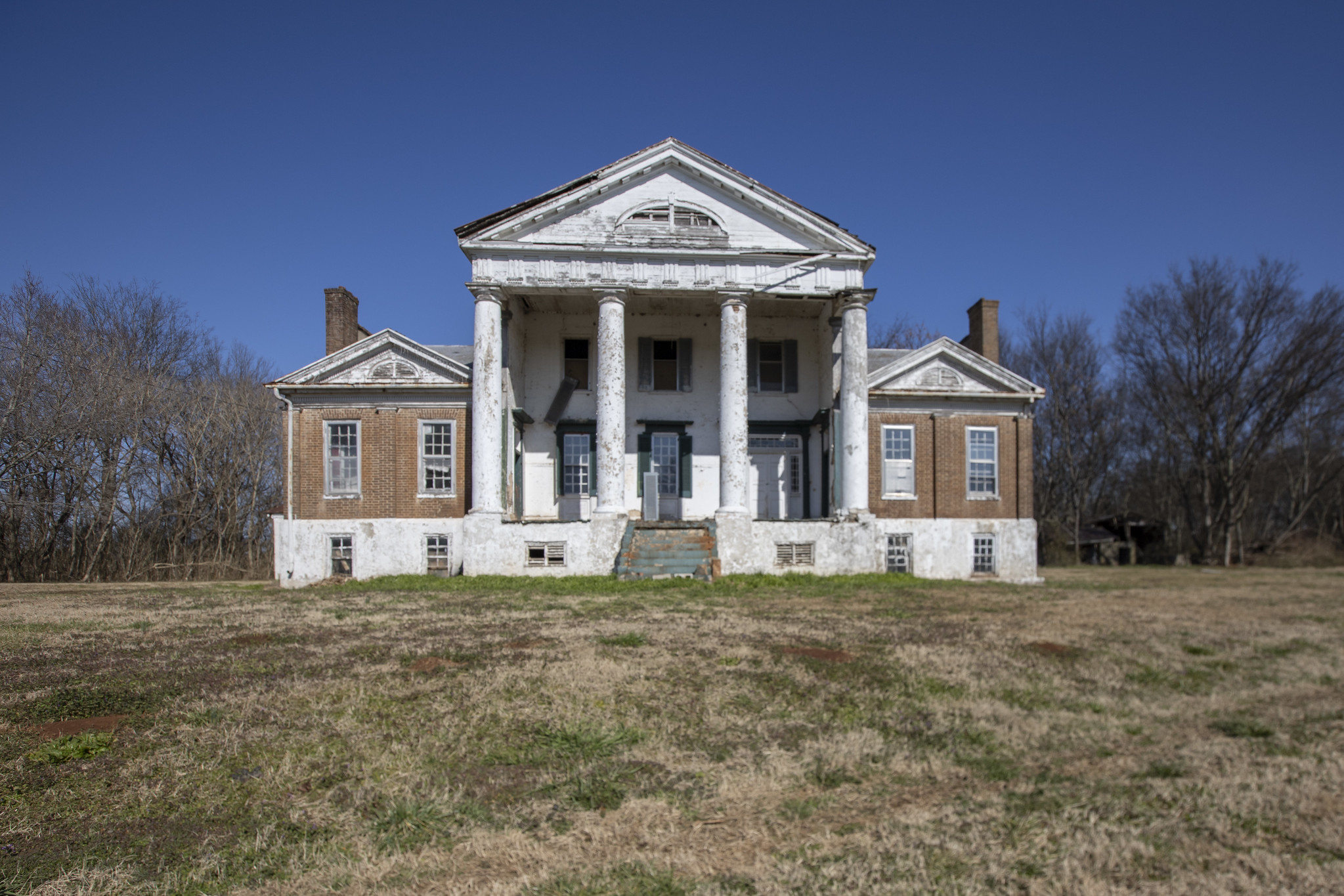
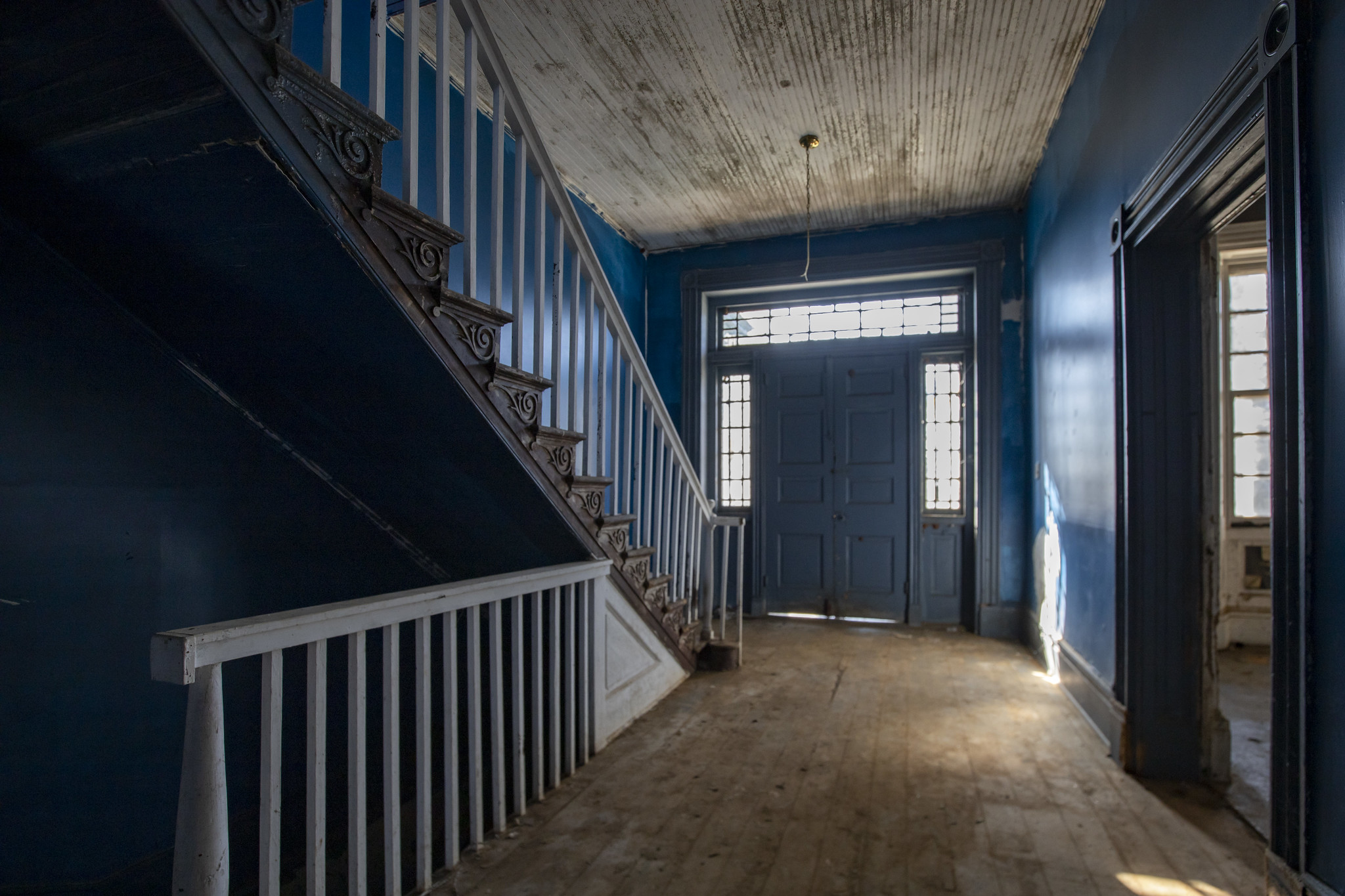
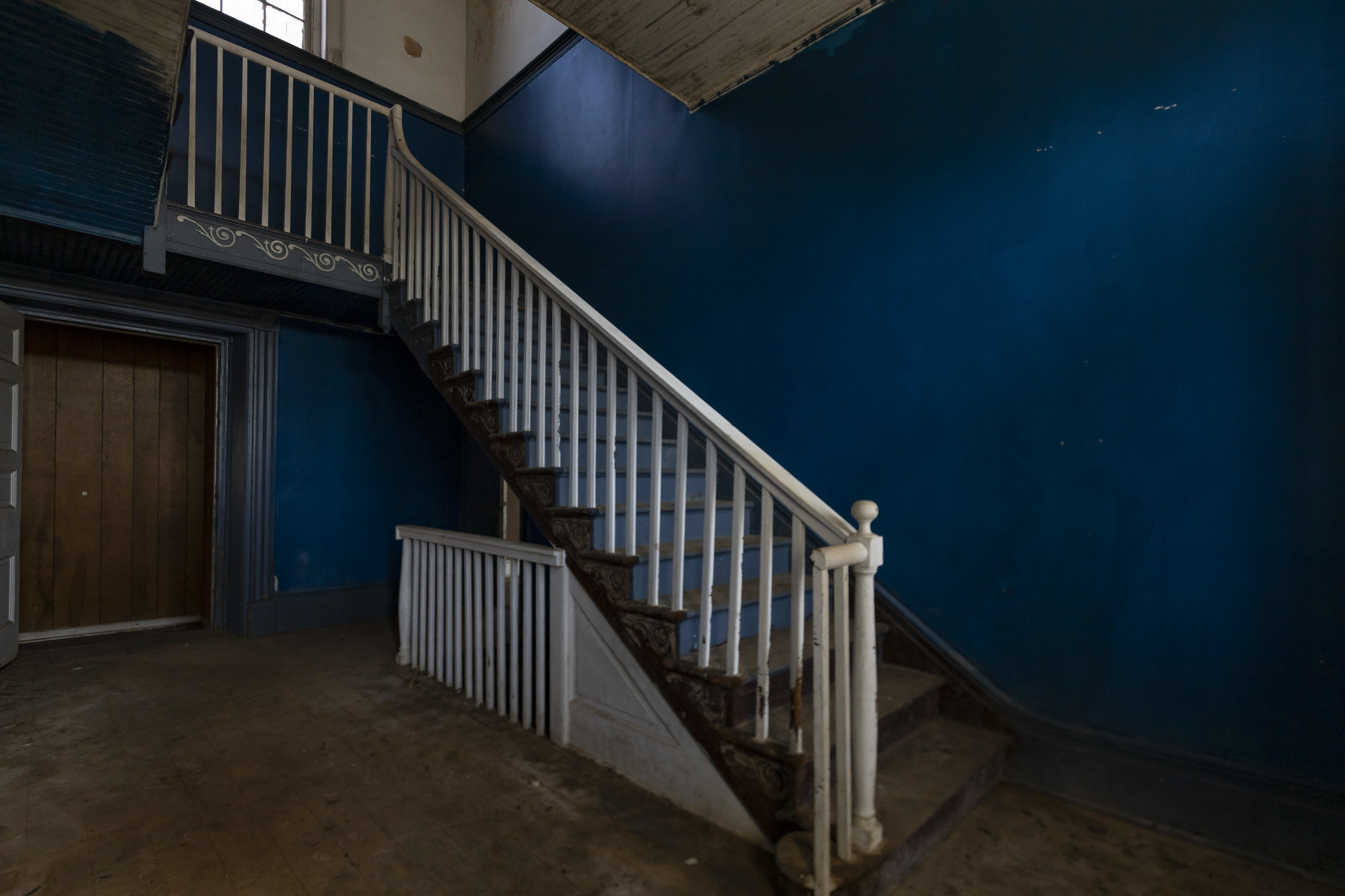
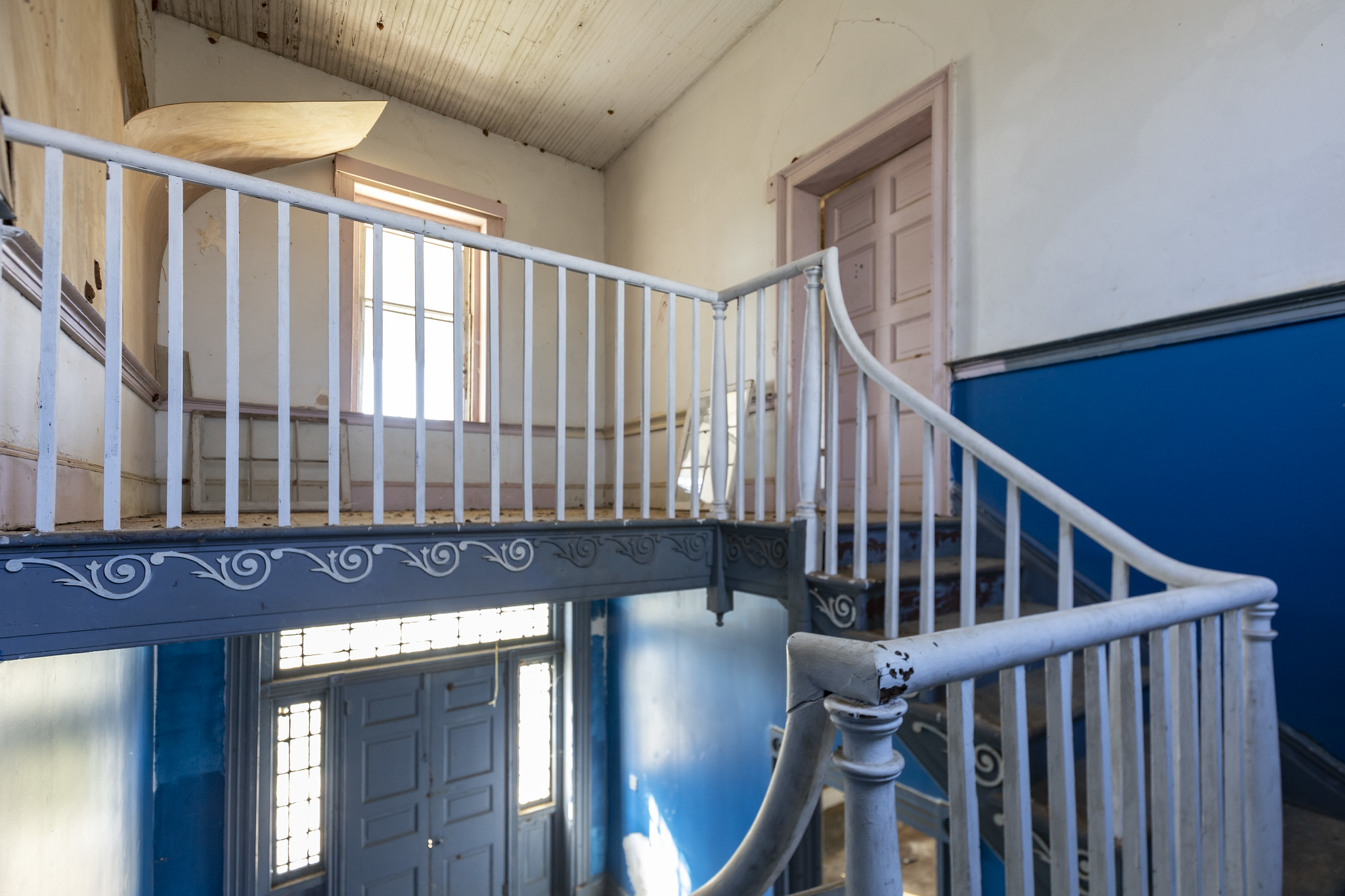
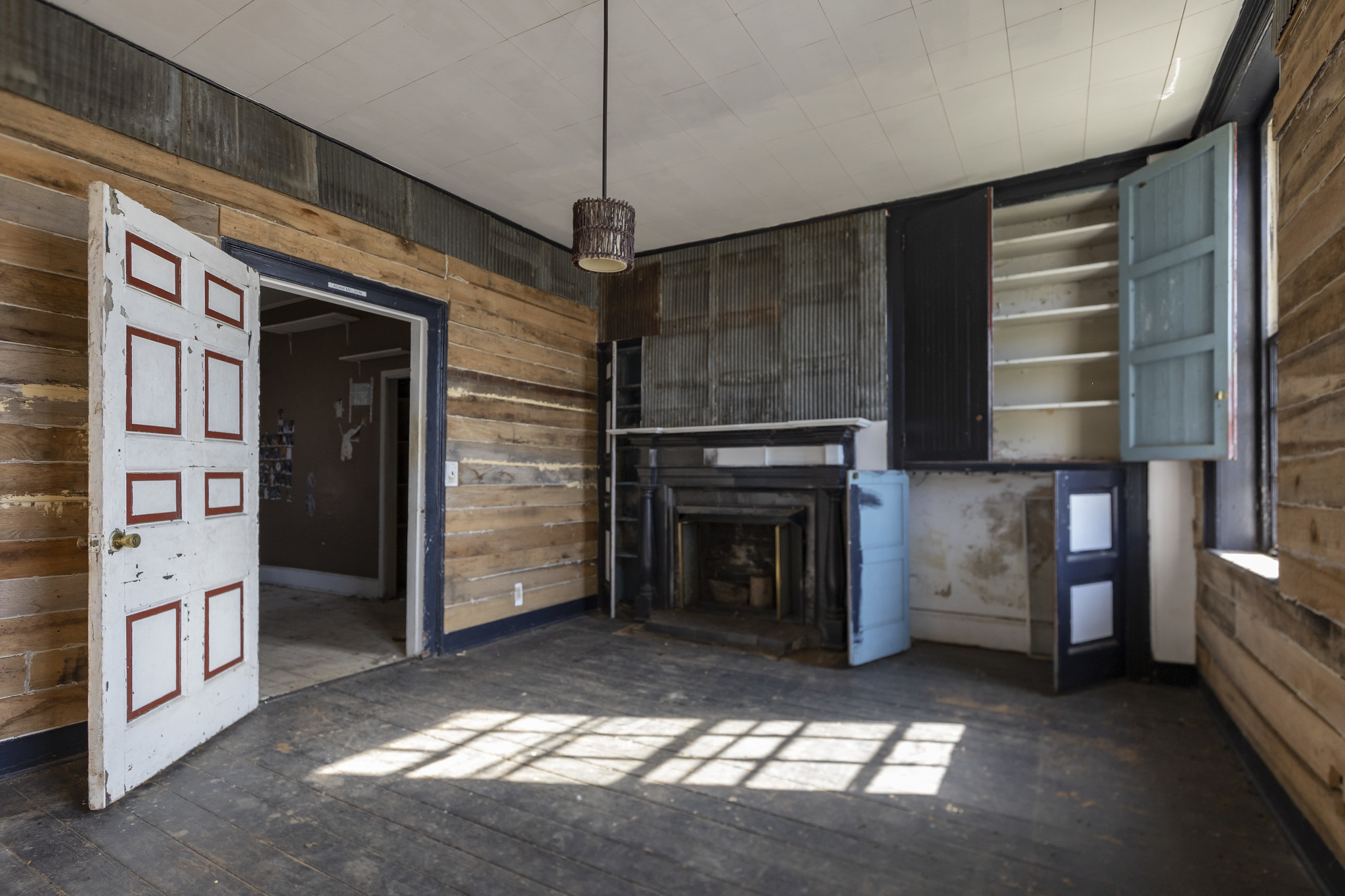
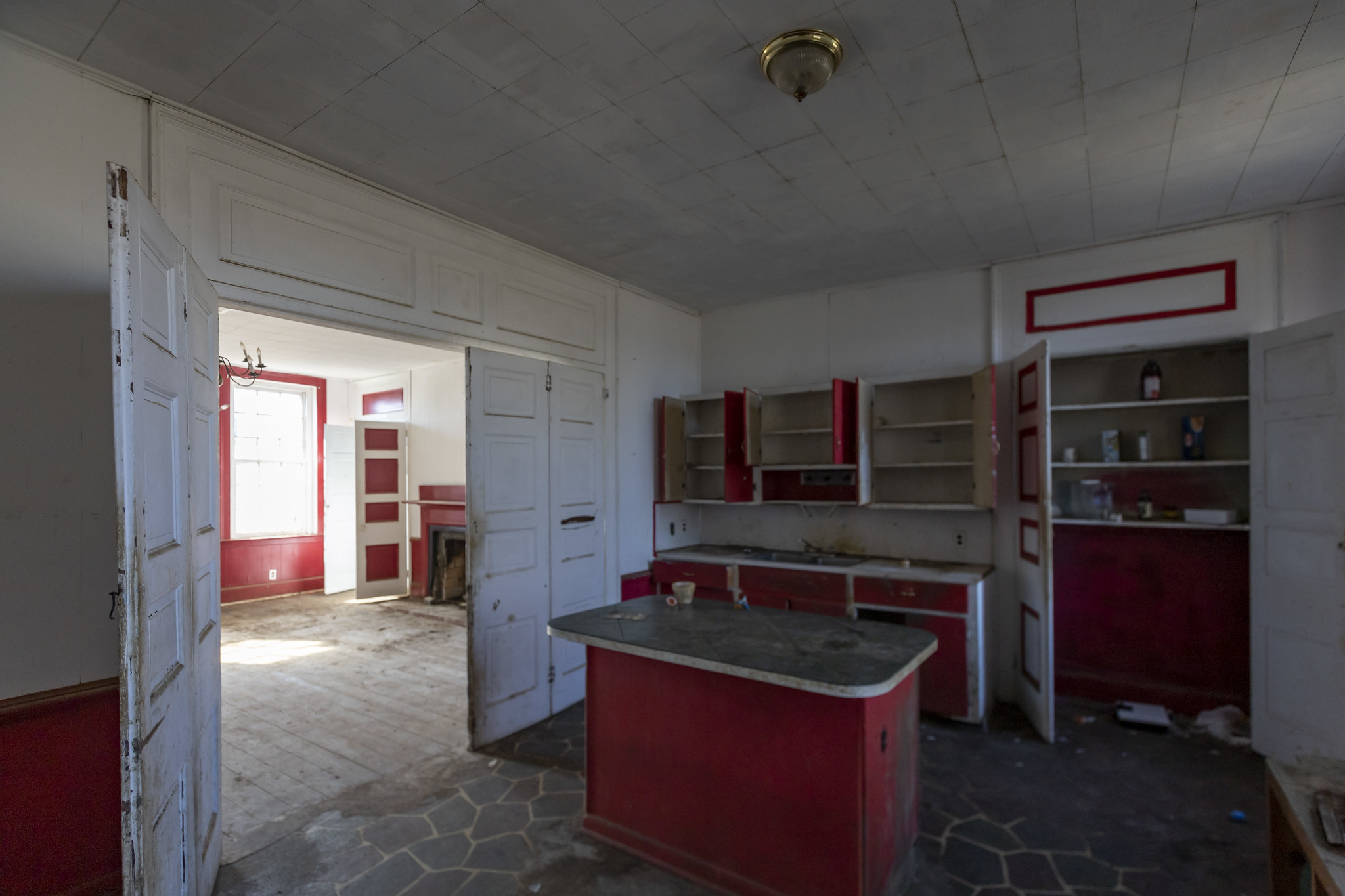
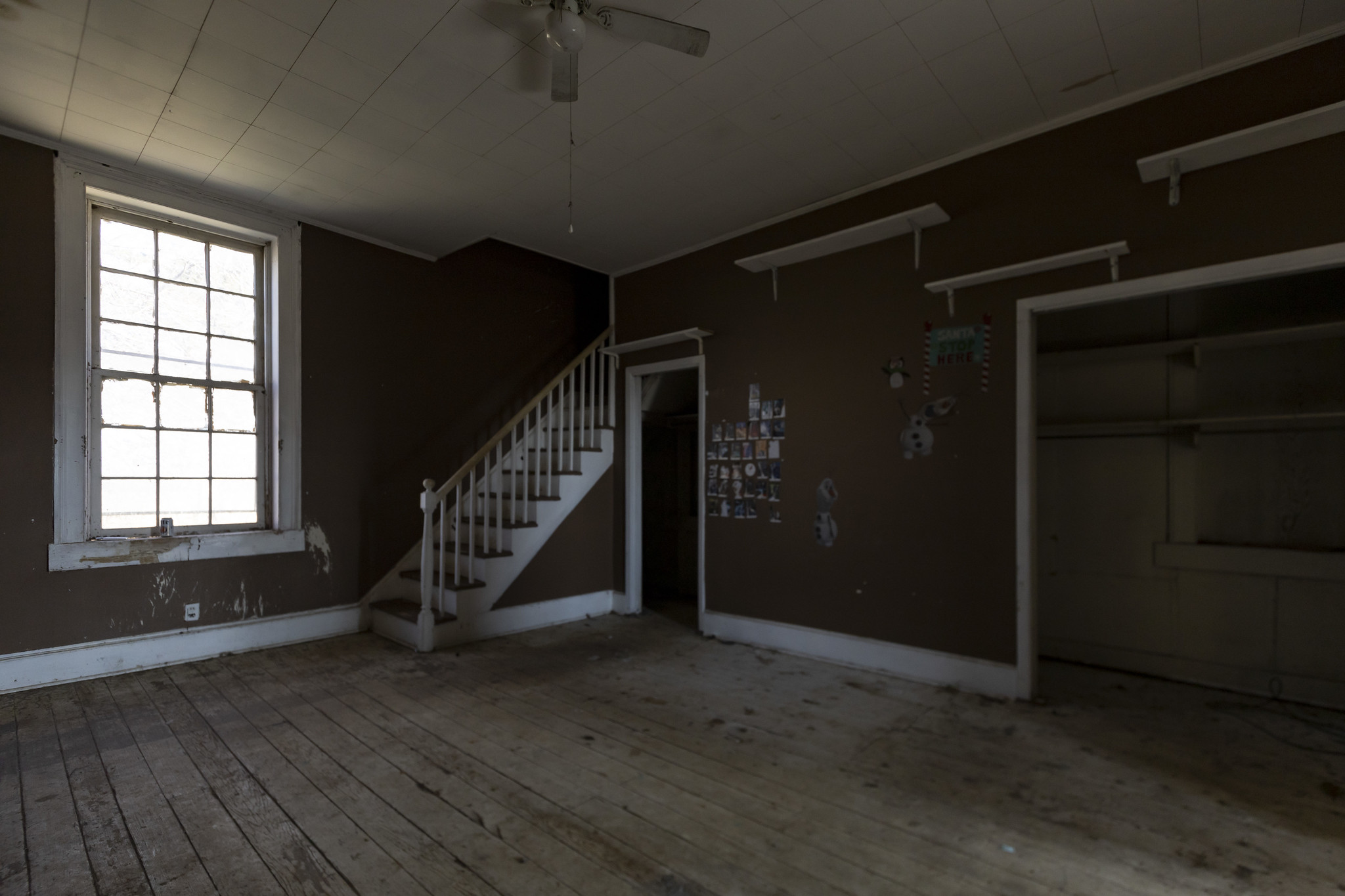
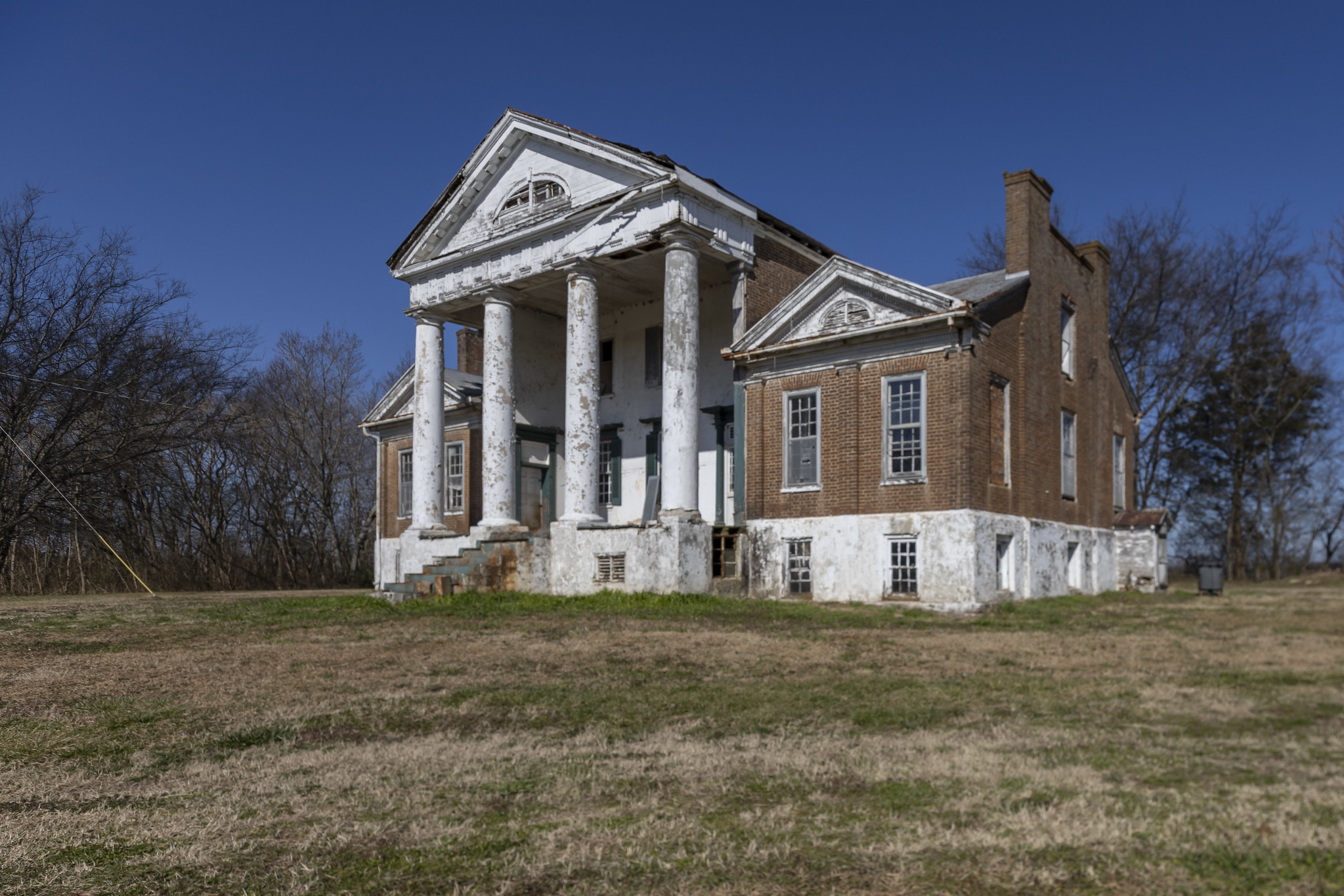
Thank you for reading. Please share the blog with your friends. I appreciate your support.
You can find me on Facebook, Instagram, and TikTok. For more amazing, abandoned places from across Alabama and the Southeast, check out my photography books.
Source: https://numerologybox.com
Category: Abandoned Place
